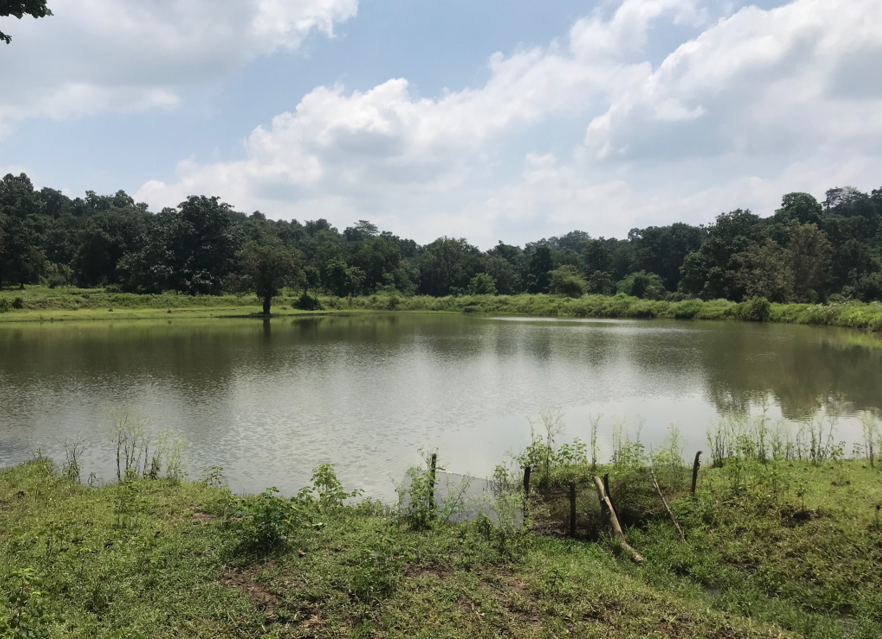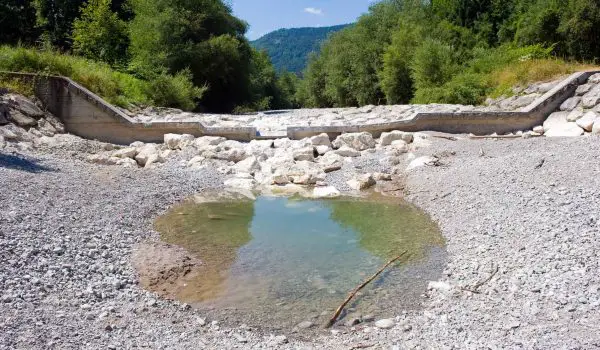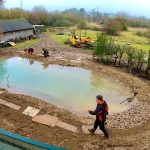Farm ponds are essential for irrigation, livestock watering, and wildlife habitat. However, keeping a farm pond full of water can be a challenging task, especially in areas with fluctuating rainfall patterns. Fortunately, there are several strategies that farmers and landowners can implement to maintain optimal water levels in their farm ponds. By combining proactive water management techniques with sustainable practices, it is possible to ensure that the farm pond remains a valuable and reliable resource throughout the year.
1. Proper Site Selection
When constructing a farm pond, choosing the right location is crucial for long-term water retention. Selecting a site with a natural clay base can help reduce seepage and water loss. Additionally, positioning the pond in an area with minimal tree cover can prevent excessive leaf litter from accumulating in the water, which can contribute to sedimentation and reduced water storage capacity over time.

Credit: thewaterchannel.tv
2. Regular Maintenance
Regular maintenance is key to ensuring that the farm pond retains its water levels. This includes removing any debris, such as fallen branches and leaves, that may obstruct the flow of water into the pond. Keeping the pond free from excessive vegetation and algae growth can also help maintain its water-holding capacity and prevent nutrient buildup that can lead to oxygen depletion.
3. Implementing Erosion Control Measures
Erosion can significantly impact the water quality and depth of a farm pond. Implementing erosion control measures, such as planting native grasses and establishing buffer strips around the pond, can help minimize soil runoff and sedimentation. This, in turn, can contribute to the preservation of water clarity and volume within the pond.
4. Installing Water Saving Devices
Installing water-saving devices, such as siphons and pumps, can help manage water levels in the farm pond. These devices can be used to regulate water flow, allowing for controlled releases during dry periods and preventing overflow during heavy rainfall. Additionally, incorporating a water storage tank connected to the pond can serve as a supplemental water source during times of scarcity.
5. Rainwater Harvesting
Rainwater harvesting systems can be an effective way to supplement the water supply in farm ponds. By capturing and storing rainwater from roofs, barns, and other structures, farmers can reduce their reliance on groundwater and surface water sources, thereby helping to sustain the water levels in the pond, especially during dry spells.
6. Soil Conservation Practices
Implementing soil conservation practices, such as contour plowing and cover cropping, can help prevent soil erosion and sediment buildup in the farm pond. By minimizing the influx of sediment, the pond’s capacity to hold water can be preserved, ensuring a consistent and reliable water supply for agricultural and livestock needs.
7. Vegetative Buffer Strips
Establishing vegetative buffer strips around the farm pond can help filter out pollutants and reduce the impact of nutrient runoff from adjacent fields. This not only helps maintain water quality but also contributes to the overall health and sustainability of the pond ecosystem, ultimately supporting its ability to retain water effectively.
8. Monitoring Water Usage
Regularly monitoring water usage and implementing water-efficient practices can contribute to the sustainable management of farm pond water levels. By optimizing irrigation schedules, repairing leaks in distribution systems, and utilizing water-saving technologies, farmers can minimize unnecessary water loss, thereby conserving the pond’s water resources.
9. Dredging and Desilting
Periodic dredging and desilting of the farm pond can help remove accumulated sediment and organic matter, thereby increasing its water storage capacity. This practice can be particularly beneficial in rejuvenating older ponds that have experienced reduced depth and water volume due to sedimentation over time.
10. Engaging in Watershed Management
Participating in watershed management initiatives can have far-reaching benefits for farm pond water retention. By collaborating with neighboring landowners and conservation organizations to implement sustainable land use practices and water conservation measures, the overall health of the watershed can be improved, leading to enhanced water availability for farm ponds within the area.

Credit: www.farmingfornature.ie
Conclusion
Keeping a farm pond full of water requires a holistic approach that encompasses proper site selection, regular maintenance, erosion control, water-saving devices, rainwater harvesting, soil conservation, vegetative buffer strips, water monitoring, dredging, and watershed management. By integrating these strategies into farm pond management practices, landowners can optimize water retention, support agricultural activities, and enhance the ecological integrity of their farm pond ecosystems.
Ultimately, the sustainable management of farm ponds not only ensures reliable water resources for agricultural and livestock needs but also contributes to the preservation of natural habitats and the overall resilience of the farm landscape.





